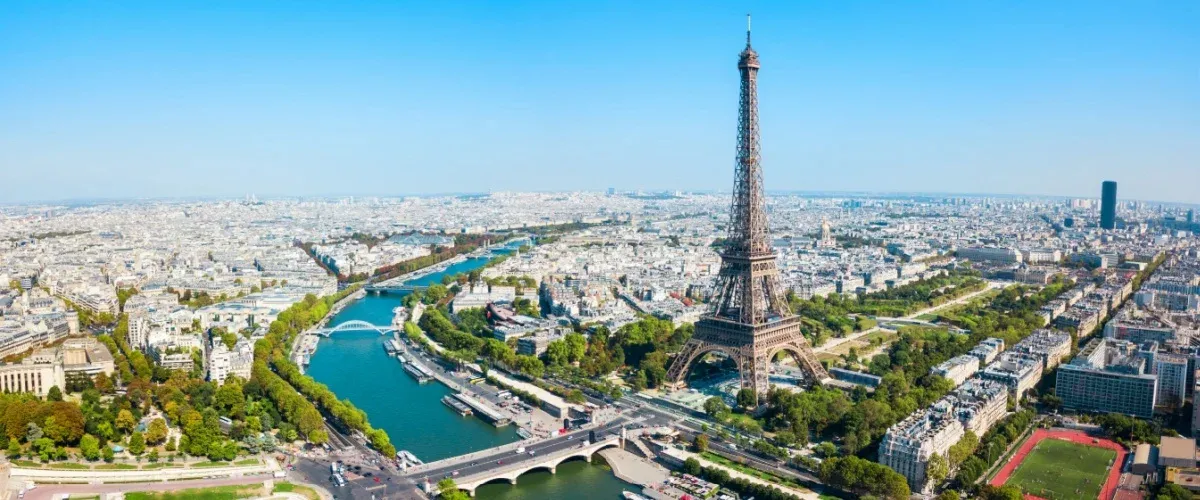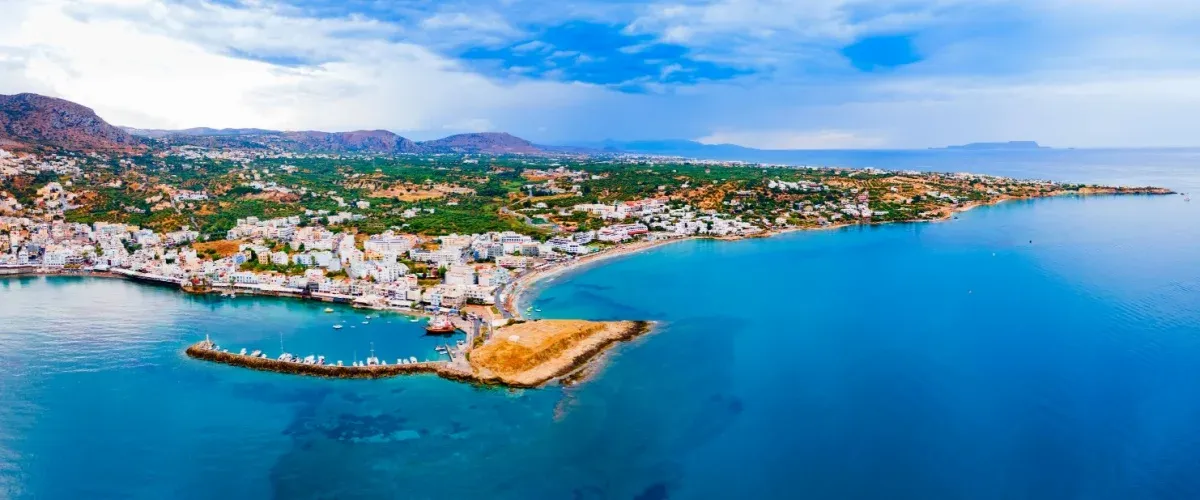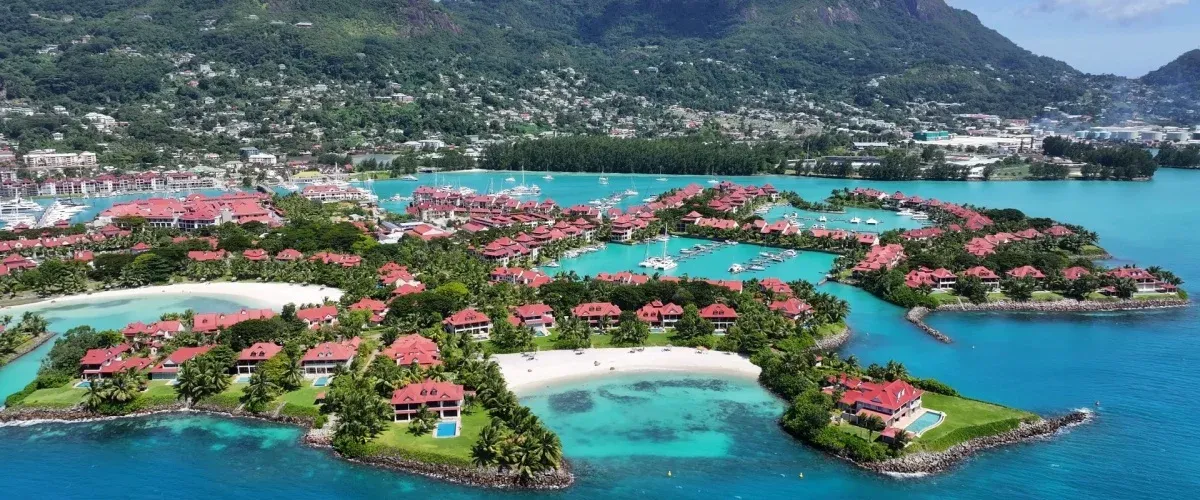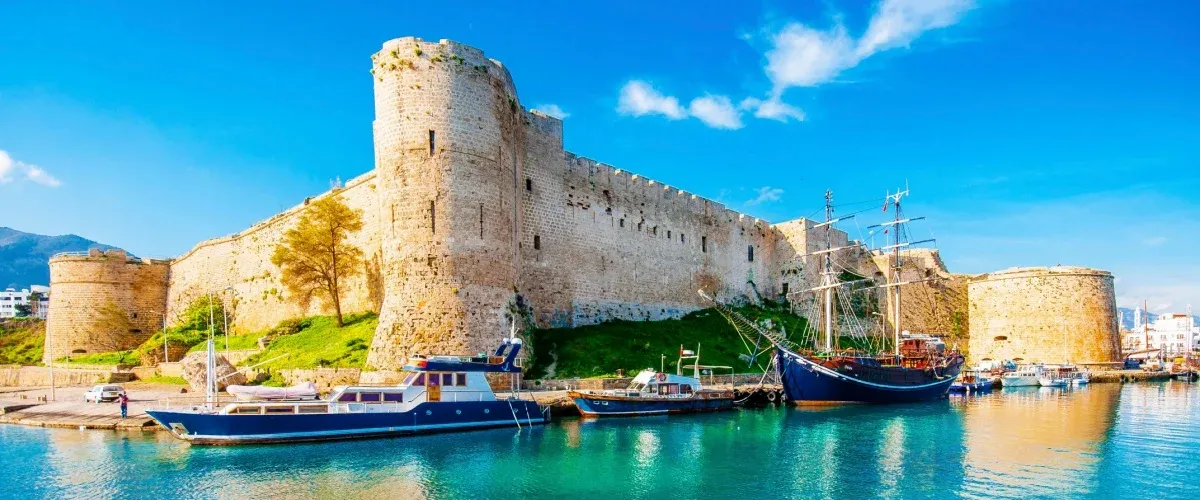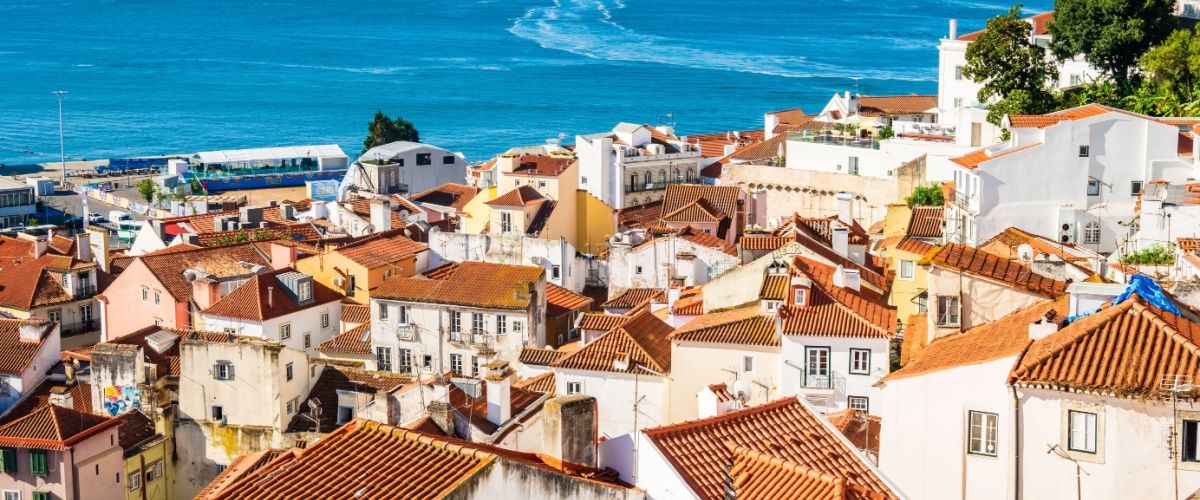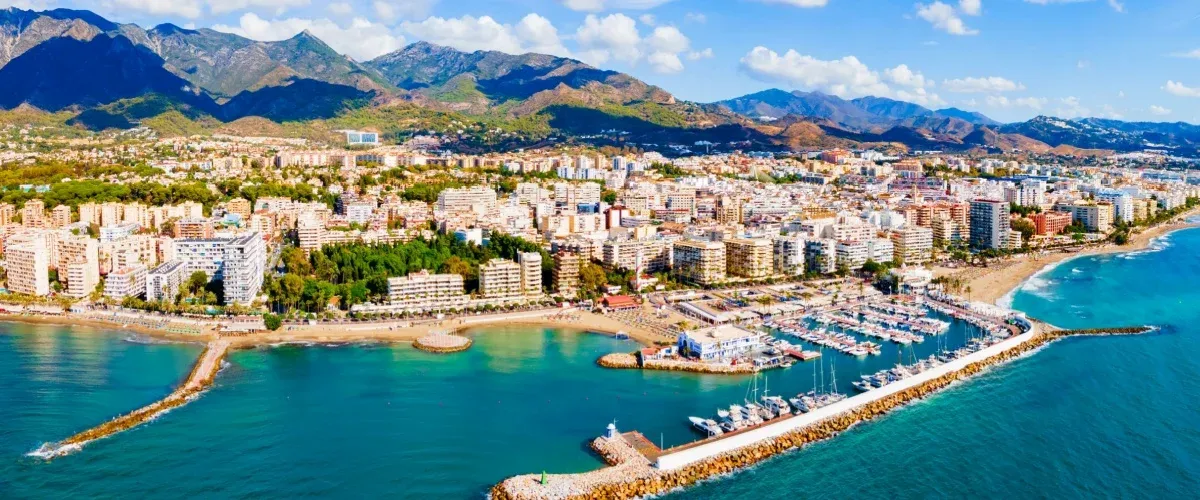France is home to some of Europe’s most spectacular coastlines, the country offers beaches for every type of traveler. The French Riviera boasts glamorous spots like Nice and Cannes, where turquoise water meets luxury resorts. In Corsica, Plage de Palombaggia enchants tourists with its clear waters, soft sand, and shaded pine trees. On the Atlantic coast, Biarritz’s Plage de la Côte des Basques is perfect for surfers and beach sports, while Normandy and Brittany offer rugged cliffs and quiet, scenic coves. Families, couples, and solo travelers both can find the ideal spot for swimming, sunbathing, or exploring local culture. With such diversity, France promises unforgettable beach experiences in both Mediterranean warmth and Atlantic freshness.
The Ultimate Guide to the Best Beaches in France for 2025
1. Plage de Palombaggia, Corsica
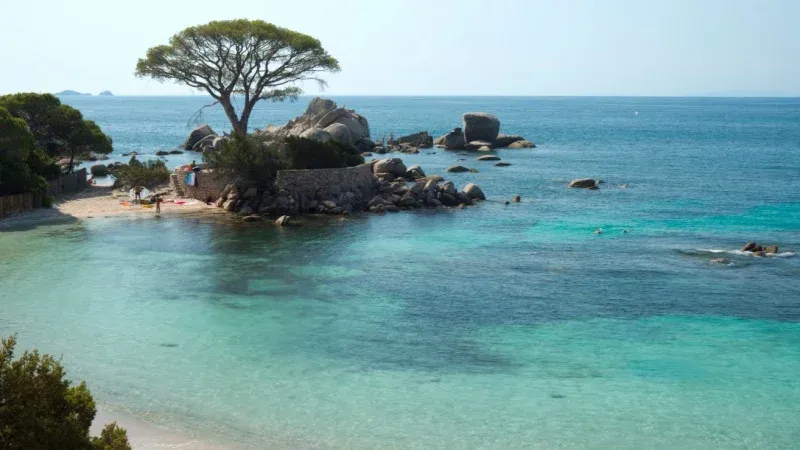
Plage de Palombaggia, Corsica is one of the island’s most famous beaches, known for its striking beauty and calm waters. The beach stretches for about 1.5 kilometers, backed by lush pine trees and red-hued rocks that create a picturesque setting. Its fine, white sand and shallow turquoise waters make it ideal for swimming, sunbathing, and family-friendly activities. The gentle slope of the seabed allows for safe wading, while the surrounding landscape provides excellent spots for photography.
Best Time to Visit: June or September
Pro Tips: Arrive early as parking is limited and can be expensive. The southern end is often quieter.
2. Calanque d’En-Vau, Cassis
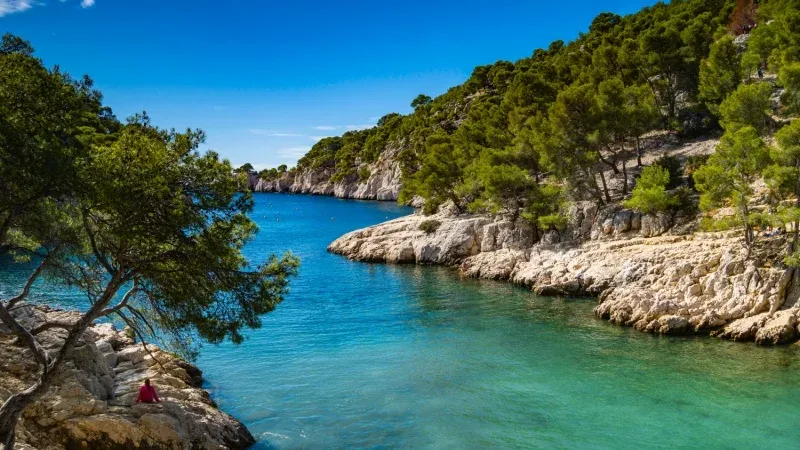
This secluded beach is known for its turquoise waters, ideal for swimming, snorkeling, and kayaking. The beach is pebbly rather than sandy, giving it a rugged and natural charm. Surrounded by high cliffs, the calanque offers breathtaking panoramic views and a sense of privacy, making it a favorite for nature lovers and adventurous travelers. Access is typically by hiking trails from Cassis or by boat, as roads do not reach the cove, which adds to its untouched appeal. The area is part of the Calanques National Park, ensuring that the environment remains protected and pristine.
Best Time to Visit: May to September
Pro Tips: Wear sturdy shoes for the hike, which can take over an hour. Bring plenty of water and snacks.
Suggested Read: Most Beautiful Beaches in Spain to Add Your Travel List
3. Plage de la Côte des Basques, Biarritz
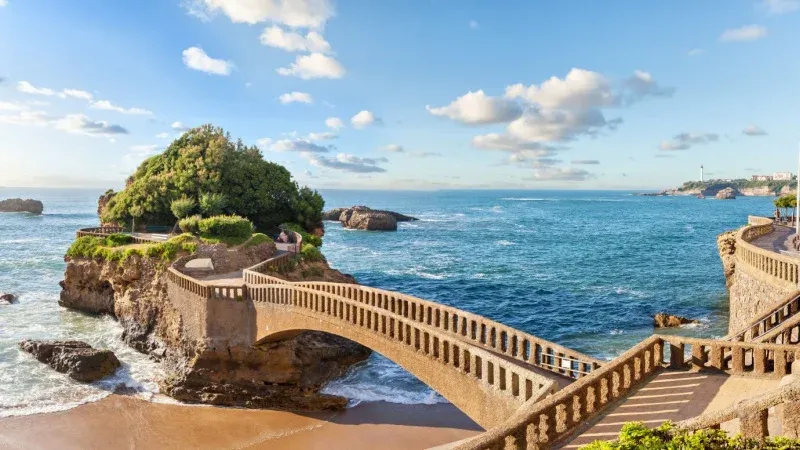
This beach is best known for its long stretch of golden sand and consistent waves, making it a hotspot for surfers of all levels. The beach is framed by cliffs that provide stunning views of the coastline and the city. At low tide, wide sandy areas are perfect for walking, sunbathing, or playing beach games. Surf schools and rental shops line the promenade, offering lessons and equipment for beginners. The beach is also popular for family visits, with calm areas near the shore for children to play safely.
Best Time to Visit: Late spring to early autumn for the best surf and weather.
Pro Tips: Check the tide schedule before you go. The currents can be strong, so swim in designated areas.
4. Étretat Beach, Normandy
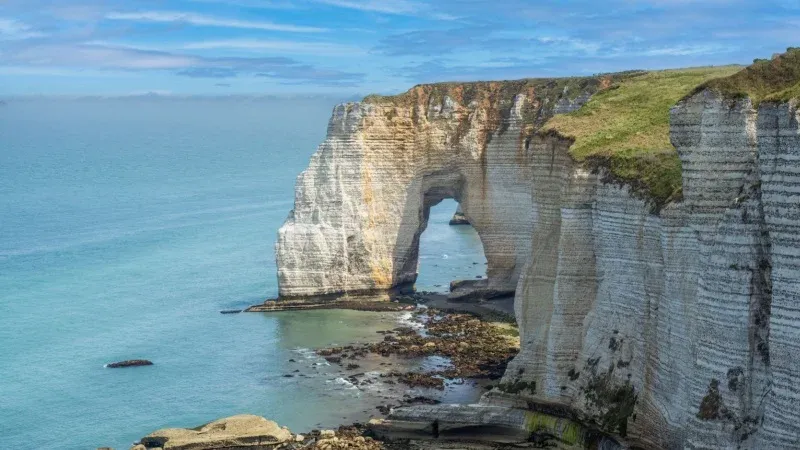
Étretat Beach in Normandy is famous for its dramatic white chalk cliffs and natural rock arches that rise from the sea. The pebble-strewn shore stretches along the English Channel, offering a striking contrast between the blue waters and the pale cliffs. You can enjoy scenic walks along the cliff-top trails, capturing panoramic views of the coastline and the iconic arches. The beach is ideal for photography, relaxing, and exploring the small tidal pools at low tide. Étretat also has a charming village with cafes and restaurants where you can enjoy local seafood while overlooking the sea.
Best Time to Visit: All year round for walks, but summer for milder weather.
Pro Tips: Walk up the cliffs on either side for postcard-perfect views of the arches.
Suggested Read: Discover These Top Beaches in Seychelles for an Amazing Beach Vacation
5. Plage de Pampelonne, Saint-Tropez
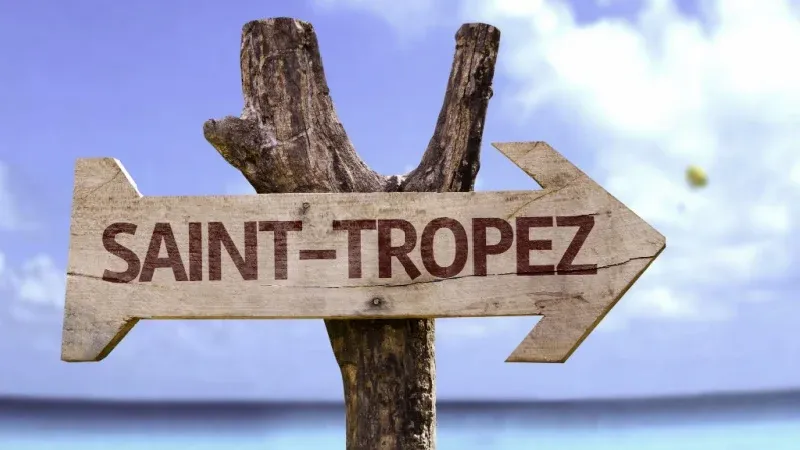
It is one of the most famous beaches on the French Riviera, stretching over five kilometers of golden sand along the Mediterranean coast. Known for its lively atmosphere, it is lined with chic beach clubs, restaurants, and bars, making it a hotspot for sunbathers and social gatherings. The calm, clear waters are perfect for swimming, paddleboarding, and other water activities. You can rent sunbeds or simply enjoy a walk along the wide shoreline while taking in the vibrant Riviera vibe. While Pampelonne attracts celebrities and travelers looking for glamour, it also offers quieter sections for families and those seeking relaxation.
Best Time to Visit: July to August
Pro Tips: Book your sunbed and lunch at the beach clubs well in advance. There are public (and free) zones too.
6. Plage du Sillon, Saint-Malo
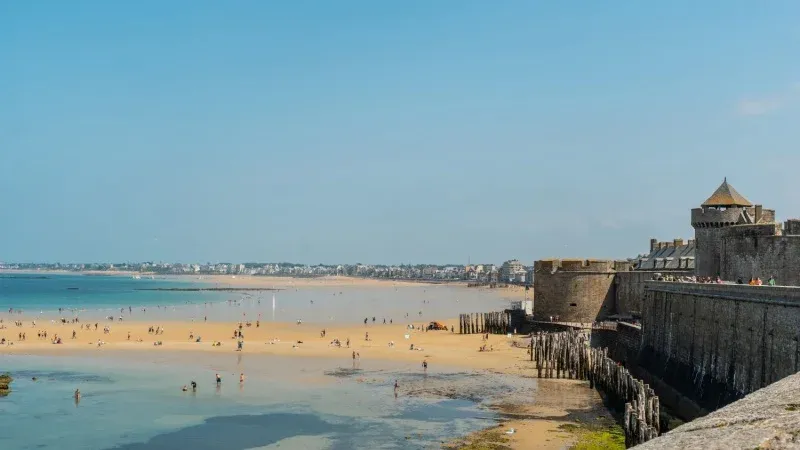
Best known for its strong tides and dramatic waves, it is a favorite spot for walkers, runners, and kite surfers. The beach is lined with a scenic promenade, offering views of historic Saint-Malo’s ramparts and the distant Fort National at low tide. Its firm sand makes it ideal for long, beach games, or simply enjoying the fresh sea air. Plage du Sillon is also popular with families, as parts of the beach are sheltered and safe for children to play. With easy access from the city and amenities like cafes and shops nearby, it combines natural beauty with convenience.
Best Time to Visit: Summer, to enjoy the warmer weather and low tides.
Pro Tips: Be very mindful of the incoming tide; it rises incredibly fast.
Suggested Read: Top Stunning Beaches of Singapore You Must Visit
How to Make the Most of Your Beach Day in France
- Arrive Early: Especially in summer, arrive before 10 AM to secure a good spot and find parking, which can be a real challenge in popular areas.
- Check the Tides: On the Atlantic and Normandy coasts, tide times are crucial. A beach can disappear or triple in size in a matter of hours.
- Protect Yourself from the Sun: The Mediterranean sun is intense. Pack high-SPF sunscreen, a wide-brimmed hat, and an umbrella.
- Embrace Local Life: Instead of a packed lunch, visit a local boulangerie for a fresh baguette and cheese, a perfect beach picnic.
- Stay Hydrated: Bring a large reusable water bottle. Many public beaches have water fountains (`point d’eau`) to refill.
- Respect the Environment: Many beaches are in protected areas. Stick to paths, take all your rubbish with you, and don’t disturb wildlife.
- Learn Basic Phrases: A simple "Bonjour" (Hello) and "Merci" (Thank you) will be greatly appreciated by locals.
Final Thoughts
France is a dream destination for beach lovers, offering a coastline that attracts tourists from every corner of the world. From the glamorous, sun-soaked beaches of the French Riviera to the rugged, scenic shores of Normandy and Brittany, there is something for everyone. Families can enjoy calm, safe sands, while couples can find romantic, secluded spots for a quiet escape. Adventure seekers will love surfing the Atlantic waves, and solo travelers can explore charming coastal villages or hidden coves. The diversity, natural beauty, and local charm make the beaches in France truly unforgettable. Ready to experience the perfect blend of sun, sea, and sand? Book a France tour packages with Regency Holiday for a picture perfect holiday.
Beaches in France - FAQ’s
The best months are generally June and September. You’ll enjoy warm, sunny weather and pleasant sea temperatures but with fewer crowds and lower prices than the peak season of July and August.
For classic golden or white sandy beaches, Corsica and the French Riviera (Côte d'Azur) are top choices. The Atlantic coast, especially around Biarritz and Arcachon, also has vast, beautiful sandy shores.
Yes, most popular tourist beaches are very safe. Look for beaches marked with the "Blue Flag" (Pavillon Bleu), which indicates high standards for water quality and safety, and always swim in areas monitored by lifeguards (surveillée).
Yes, the vast majority of beaches in France have free public access. However, you may have to pay for parking, and private beach clubs will charge for sunbeds and umbrellas.
While difficult to choose, three of the most iconic beaches are Plage de Palombaggia in Corsica for its sheer beauty, Plage de la Côte des Basques in Biarritz for its fantastic surf culture, and the unique setting of Étretat Beach in Normandy.
Major beaches typically offer excellent facilities, including toilets, showers, restaurants, and snack bars. Many also have rentals for water sports equipment. More secluded, natural beaches, like the Calanques, often have no facilities at all.
For most popular beaches, a combination of train and local bus services works well. However, to explore more remote coastal spots in France and find hidden gems, renting a car is highly recommended for flexibility.
It can be, especially in famous areas like Saint-Tropez or Corsica in high season. However, by visiting in the shoulder season (June/September) and choosing destinations in regions like Brittany or Occitanie, you can enjoy the beautiful beaches in France on a more modest budget.

